4/1/2018
Substrates International
Dr. Brian E. Jackson
With our current technologies and communication systems, the world is often said to be “small and getting smaller.” Well, while there may be some truth to that, after six months traveling the globe on a sabbatical study leave, I can say that the world (and its many wonderful people and societies) is still a very large and diverse place!
As a member of an academic institution, one of the unique opportunities that we have is the option to take a sabbatical leave from our university programs and responsibilities to travel, engage with other scientists and industry colleagues, learn new techniques and technologies, refresh and hone our perspectives, as well as our research focus and priorities. As a substrate scientist, I chose to travel the globe and learn more about the issues, opportunities and trends of the horticultural substrates industry, specifically focusing on the commercialization and use of wood fiber and other organic substrate materials used in our production systems.
Wood around the world
Much has been reported in recent years about the development and potential of wood-based substrate components in the floriculture, nursery and edible production industries here in the United States. These trends are equally, maybe more so, emphasized in many European countries and markets. Different regions of the world face different challenges related to horticultural system advancements, labor-force issues, evolving consumer preferences and demands, as well as economic concerns, and governmental policies and regulations.
Embedded in the discussions and product development in many European and North American companies is the continued interest in wood materials as components in indoor and outdoor crop production. As has been previously reported, there are now even more wood products that are being produced and used successfully (Figure 1). While visually different, these commercial materials have been, and seemingly are, being used successfully. The scale to which many of these wood materials are being made has grown rather large over the years, to the point that today the color of peat and bark storage yards and production facilities is becoming more and more “blonde” in color (Figure 2)! The large-scale production of these materials is evidence of the increase in sales and demand for these products.
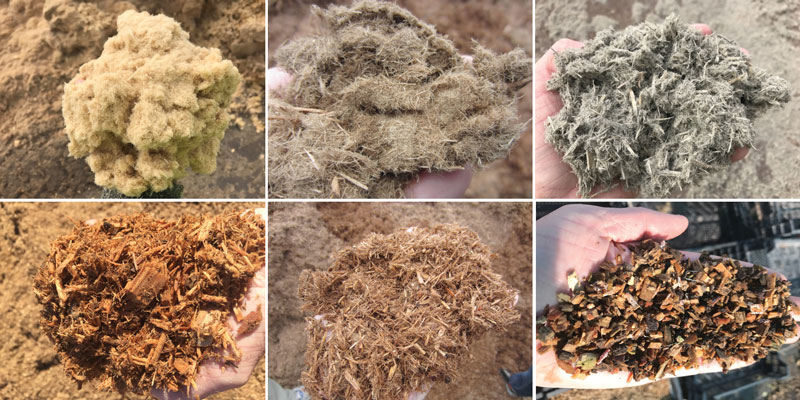 Figure 1. Several wood substrate materials from European manufacturers show variations in particle size and structure.
Figure 1. Several wood substrate materials from European manufacturers show variations in particle size and structure.
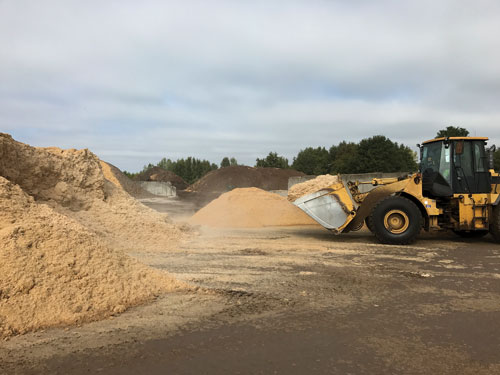 Figure 2. Success of many commercialized wood substrates has led to large-volume, mass production of materials for use in professional and retail products.
Figure 2. Success of many commercialized wood substrates has led to large-volume, mass production of materials for use in professional and retail products.
The processing process
The majority of the wood products being commercialized are primarily made by one of three processes: 1) Single or twin-screw extrusion; 2) twin disc refiners; or 3) hammer mills. The first two processes, used extensively throughout Europe, are thermo-mechanical techniques, which involve high temperatures and friction to make the products. These technologies also exist here in the U.S.
Wood products made with hammer mills are mostly confined to companies and grower operations here in the U.S., even though hammer mills are used for many purposes in the substrate industry throughout Europe for other material-processing purposes. The differences among the different wood materials from these three processes include fiber size and thickness, sterility/chemical properties of the end-product, type of wood feedstock used, and varying abilities to be compressed, handled and blended with other materials.
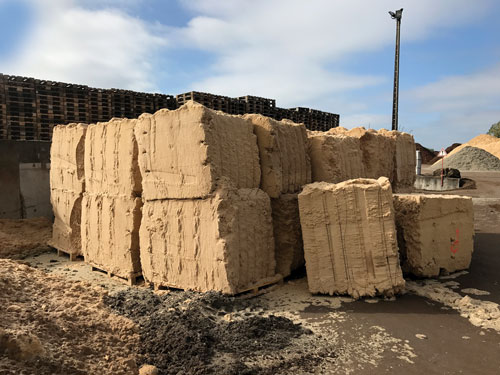 Figure 3. Some wood fiber materials can be easily compressed in different-sized bales to aid in storage and transport.
Figure 3. Some wood fiber materials can be easily compressed in different-sized bales to aid in storage and transport.
Based on the resulting fiber properties and structure of wood produced from the different techniques, some may be better suited as loose-filled materials (blended with peat, bark, coir, etc.), while others are more capable of being compressed in small or large bales (Figure 3). Compressed bales may offer unique advantages relative to storage and transport of these materials, and are being used for both professional and retail/consumer soil and substrate products. Compared to “loose” fiber materials (not compressed), there’s the added step of bale busting/loosening that must occur prior to substrate blending and use.
Dye job
One of the other observations made repeatedly during visits to substrate manufacturers was the practice of coloring wood substrate materials for the purpose of making them look more “soil-like” and similar to traditional substrate materials like peat, bark and coir. The purpose of changing wood fiber color from blonde to brunette is due to consumer preference and the expectation that “soil” on plant rootballs be dark in color; however, not all companies color their wood fiber and many don’t seem to be worried about negative consumer backlash.
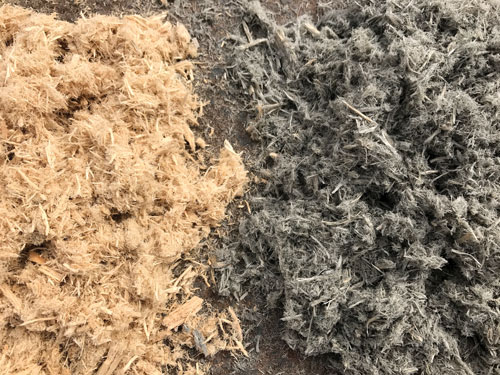 Figure 4. Coloring of wood fiber (with charcoal) is easily done during the mechanical processing of wood chips.
Figure 4. Coloring of wood fiber (with charcoal) is easily done during the mechanical processing of wood chips.
Coloring wood is easily achieved by adding charcoal (brown coal or lignite) to the wood chips prior to them being refined/processed in whichever machine is being used (Figure 4). The addition of the small amount of charcoal does a wonderful job in uniformly coloring the wood fibers while not significantly altering the chemical properties of the end-product. Wood fiber and chips can also be colored with the incorporation of aged/composted pine bark (maybe other organic materials as well) prior to grinding or refining to achieve the same gray or brown color.
How peat plays a part
In addition to discussions about wood fiber and other “alternative” substrate materials for our current and future cropping systems, I would also like to applaud the peat industry for all that they’re doing in support of continued substrate science and product development, as well as their collective extreme awareness and involvement in sustainability and environmental stewardship. There continues to be debate—and in many instances, false narratives—about peat and its sustainability in the future.
A few things my travels and engagement with the peat industry both in North America and Europe have taught me is that they: 1) are committed to sustainability efforts; 2) are proactive with peatland management and restoration; 3) are adamant about maintaining proper harvesting techniques; 4) invest vast resources and efforts into product consistency and quality assurance; and 5) are willing to evolve as horticultural production needs and challenges arise in the future.
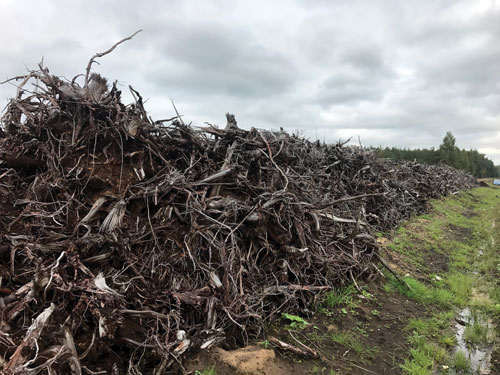 Many peat companies are currently among the global leaders in wood fiber substrate development and commercialization, and they’re excited to expand their product pallet to offer what growers want and need. As an example, leading peat producers on both continents are exploring ways to incorporate more or new wood (and other materials) into their peat-based mixes, potentially including the bog wood (logs, limbs, roots) that’s extracted from peatlands during harvest (Figure 5).
Many peat companies are currently among the global leaders in wood fiber substrate development and commercialization, and they’re excited to expand their product pallet to offer what growers want and need. As an example, leading peat producers on both continents are exploring ways to incorporate more or new wood (and other materials) into their peat-based mixes, potentially including the bog wood (logs, limbs, roots) that’s extracted from peatlands during harvest (Figure 5).
Figure 5. Peat bog logs, roots and other woody debris extracted during peat harvest may be a future source of wood fiber for some manufacturers.
In summary, it’s clear to me now more than ever before that substrate companies are focusing on the future, aiming for success, and investing in new opportunities to continue being the foundation (literally) of our growing world. The “Controlled Environment Revolution” for ornamental and consumable crops is upon us, that being food crops (leafy greens, vegetables, soft fruits, etc.) and other consumables (i.e., cannabis) being grown more extensively in containerized substrate or hydroponic
systems.
No other industry within horticulture is more invested or focused in this future than our substrate colleagues. They’ll continue to allow us to beautify our landscapes and put food on our tables. I wholeheartedly appreciate and respect them all and their efforts. GT
Dr. Brian E. Jackson is an Associate Professor and Director of the Horticultural Substrates Laboratory at NC State University. Brian can be reached at Brian_Jackson@ncsu.edu.